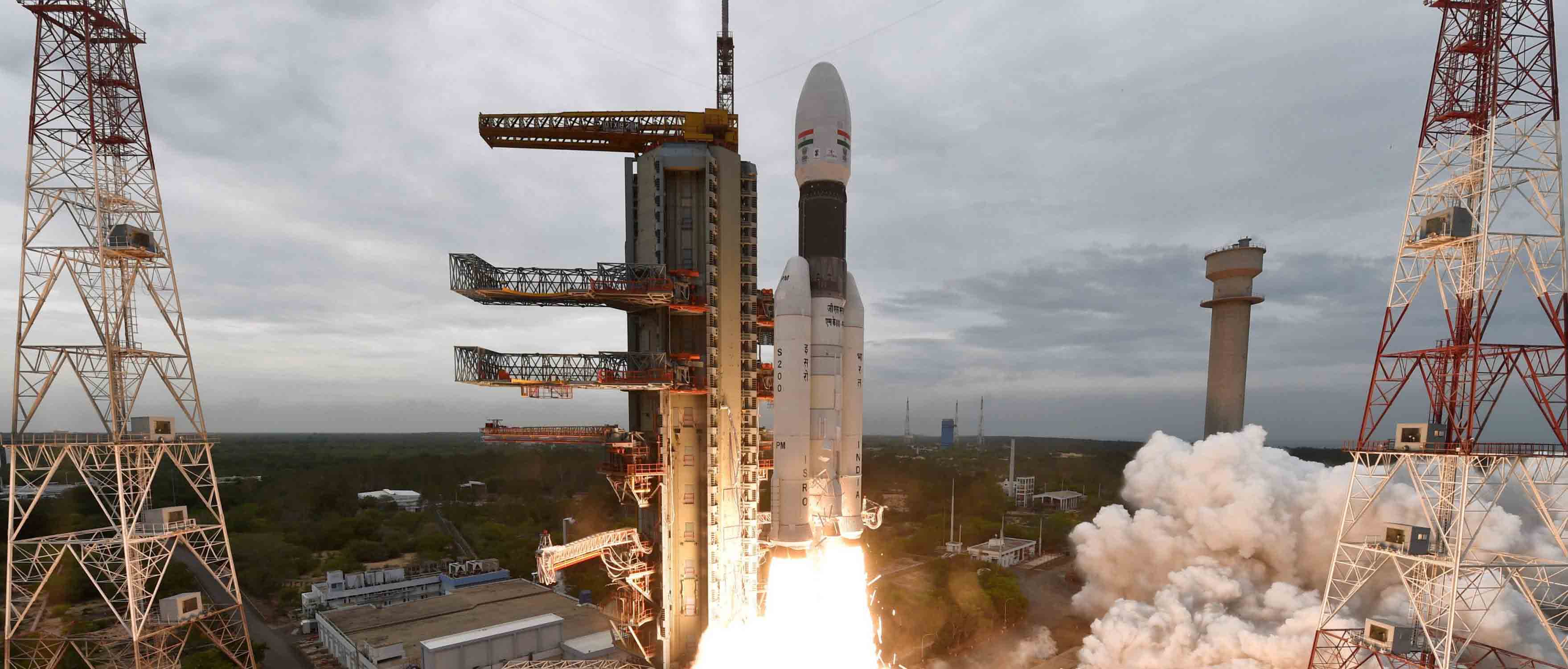
The unmanned spacecraft is something of a trailblazer in the sense that it is the first to perform a gentle landing amid the icy, crater-strewn landscape of the lunar pole region. The lander that was sent on India’s Chandrayaan-3 mission successfully touched down approximately 370 miles (600 kilometers) from the lunar south pole. This is the closest that any spacecraft has ever been to this region. The Apollo missions that took place in the 1960s and 1970s predominantly set down near the Moon’s equator.
India’s first spacecraft landing
India became the fourth nation in the world to safely land on the Moon on August 23, 2023, when its lunar lander Chandrayaan-3 successfully touched down on the lunar surface. India was also the first nation to land near the south pole region of the Moon. India’s ascent to prominence as a leading global space power has been further solidified as a result of this significant achievement, which comes at a time when global competition in space is at an all-time high.
Anxiety was replaced by cheers and excitement in the control room as soon as it was confirmed that the lander had successfully touched down. India is the first nation to successfully land a probe in the moon’s south pole, which is a rough region with deep craters that are always in shadow.
The ice in this region may offer future missions with water, oxygen, and fuel if it is harvested. The landing was a soft one. The first ones will be on the moon itself and in lunar orbit, but they could also provide missions to Mars. This would have the advantage that the materials would not need to be carried off the surface of the earth, which would reduce the overall cost of the process. It is a topic of significant concern in the scientific community.
Significances and challenges
The accomplishments of the Indian Space Research Organization (ISRO), which is leading the Chandrayaan-3 project, have elevated the country’s standing internationally. The project will demonstrate India’s scientific and technological capability while also putting it in a position to take the lead worldwide in the exploration of frozen water on the Moon.
ISRO’s space exploration program is part of the government’s goal to achieve space’s scientific, economic, and security benefits. India’s space program is also considered as a tool to draw young people to high-tech professions and progress society. Indian communications satellites can increase rural connectivity, navigation satellites can help sailors, and images satellites can aid disaster relief and watch Chinese military activities. India launches satellites from governments and private firms using its own fleet.
Landing close to the lunar south pole is difficult, and part of the reason for this is because landing there is so desirable. The shadowy aspect of the lunar south pole, which aids in the preservation of water ice, makes a soft landing difficult there.
The majority of lunar descent vehicles rely on cameras to navigate their final approach to the lunar surface, allowing them to avoid obstacles such as boulders and craters.
Even in well-illuminated areas of the moon, landing is hazardous. A single collision between an object large enough to topple a spacecraft and a lander would be catastrophic for the mission. Consequently, the risk increases significantly at the shady lunar south pole.
This risk is exacerbated by the lack of large expanses of flat terrain at the lunar south pole, as at the moon’s equator, for example. It is known that the terrain at both lunar poles is severely cratered and more likely to be sloped and rocky.
India failed to land a rover on the south pole four years ago due to a software error that caused the lander to crash into the moon too rapidly.
As part of the Artemis 3 mission, NASA intends to have people set foot on the moon around the year 2025. This will be the first time humans have done so in the past half-century. This expedition is also going to involve the first ever participation of a lady of color as well as a person of color. But even before that, in 2024, the Volatiles Investigating Polar Exploration Rover (VIPER) from the United States Space Agency is scheduled to go on a mission that will last for one hundred days and study the southern pole.







